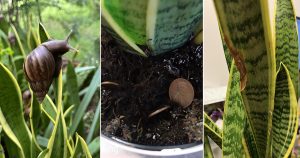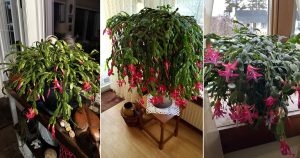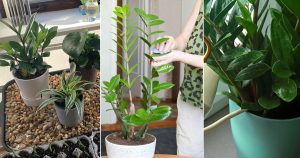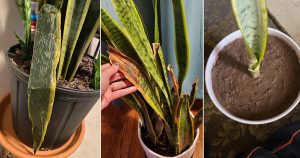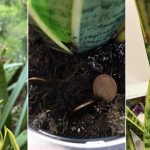Learn about the Frog Belly Plant Care and Growing Guide here, and add this Orphan John succulent to your area to bring charm!
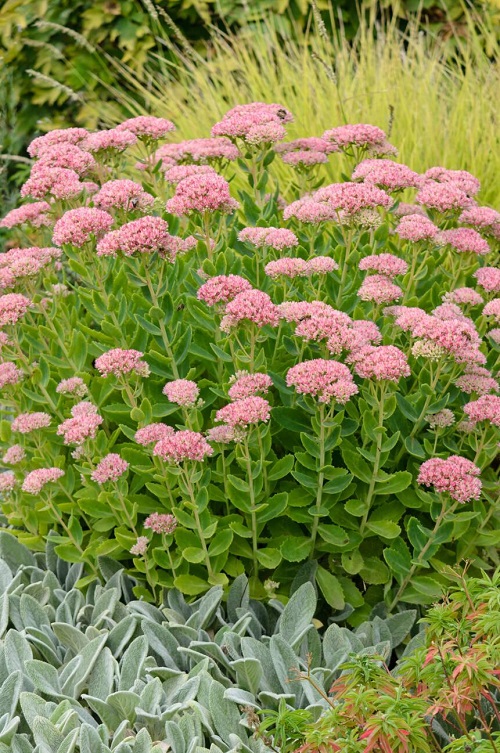
Before getting deeper into the frog’s belly care guide, you must know a little about it. This plant was formerly synonymous with Sedum telephium, but later, it was separated from the genus Sedum and placed in the genus Hylotelephium. That’s all! So, now you can move ahead to know all the essential tips for growing a healthy and thriving frog’s stomach succulent.
Frog Belly Plant – Key Facts
| Botanical Name | Hylotelephium telephium |
| Common Names | Frog Belly Plant, Frog’s-stomach, Stonecrop, Orpine, Orphan John, Life-everlasting, Live-forever, Livelong |
| Origin | It is native to Eurasia |
| Height | Up to 3 feet tall and 2 feet wide |
| Indoor/ Outdoor | Suitable for both |
| Soil | Prefers medium to dry, sandy, or shallow-rocky soil with a neutral to alkaline pH (6.0-8.0) |
| Temperature | Hardy in USDA zones 3a to 9b |
| Watering | Requires good drainage, moist to occasionally dry conditions |
| Sunlight | Thrives in full sun (6 or more hours of direct sunlight a day) |
| Flowers | Tiny star-shaped flowers in colors ranging from pink to purplish-red, and sometimes white to greenish |
| Bloom Season | From mid-summer to early fall (August to October) |
Frog Belly Plant Information
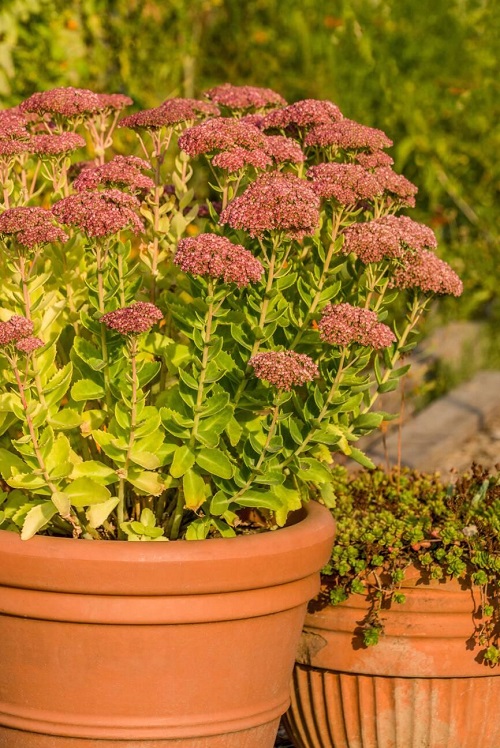
The frog belly plant is an herbaceous perennial native to Europe, Russia, and northern China. It has a clumping habit and is easily found in forests or woodlands. Plus, it has fleshy greenish-blue leaves, erect stems, and clusters of flowers from mid-summer to early fall.
Furthermore, it stems from carrot-shaped roots that help in storing water, which later on helps the plant to withstand dry spells. Frog’s belly is a low-maintenance plant, reaching up to 3 feet tall and 2 feet wide.
This plant attracts the attention of many pollinators, such as bees, butterflies, and other beneficial insects. It is drought-tolerant. You can grow this specimen in your borders, cottages, cutting gardens, and even in a container.
Frog Belly Plant Pot Size
As you know, that frog belly has a compact growth size, so starting with a 4-6 inch pot size would be great. Afterward, as the plant grows, you can repot it into a one-size bigger pot than the prior one. This way, the roots will expand properly and remain healthy. You can decorate your patio or decks with its beautiful appearance.
You can also grow Huernia Macrocarpa with this one, (in a separate pot) as both share similar growth requirements and will look stunning together! Try it out and let us know how you find their duo in the comments.
Requirements for Growing Frog Belly Plant
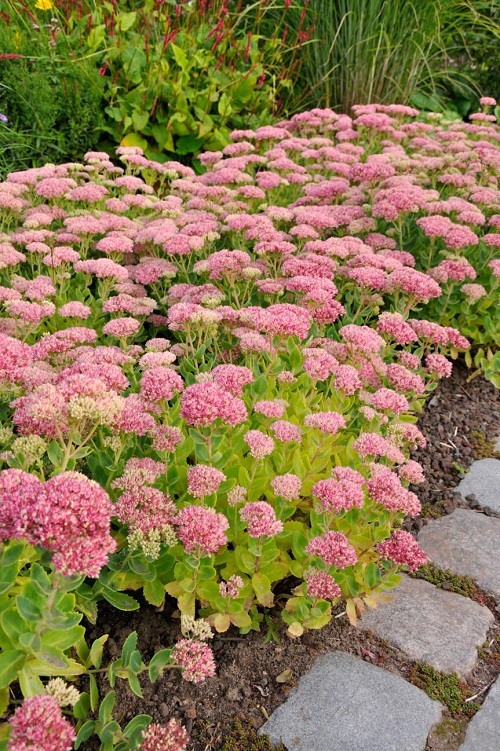
Sunlight
The frog belly plant loves the sun and thrives in full sun. If you are growing it on your patio or container, find a spot where it can receive 6 or more hours of direct sun exposure. Full sun ensures that the plant develops properly and maintains its vibrant colors.
Soil
This plant needs a medium to dry, sandy, or shallow-rocky soil with good drainage to prevent waterlogging and root rot. So, a neutral to alkaline pH (6.0-8.0) is ideal for its growth. Also, if your soil is too heavy, consider amending it with sand or perlite to improve its drainage.
Water
This drought-tolerant plant does not require frequent watering. You should water the frog belly plant sparingly, allowing the soil to dry out between waterings. Overwatering can cause root rot and other issues, so it’s better to err on the side of underwatering.
Temperature/Humidity
The frog’s stomach is hardy in USDA zones 3a-9b, making it a good option for growing in a wide range of climates. It prefers moderate humidity, while an extremely humid environment can make it suffer. So avoid such exposures to protect your plant!
Frog Belly Plant Care
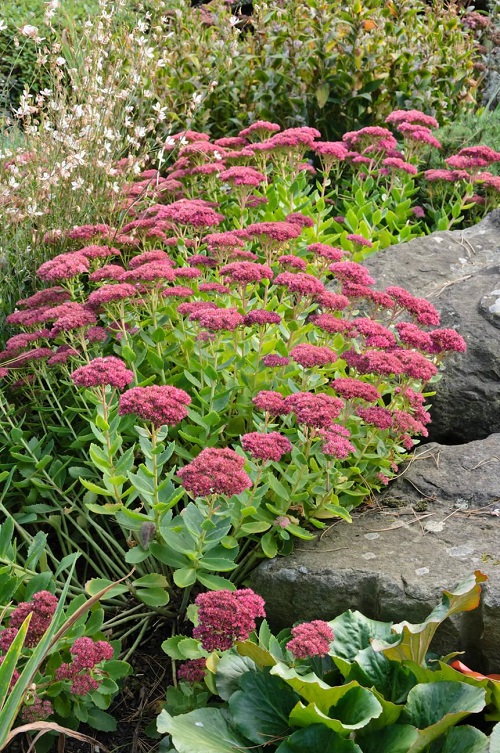
Fertilizer
Orphan John succulent is not a heavy feeder, fertilizing sparingly would be best! As too much fertilizer can lead to the growth of plants quickly with weak stems and fewer flowers ( especially with high nitrogen content) , so avoid it. Rather, focus on a balanced (P-S-K in 10-10-10 ratio) slow-release fertilizer once in the spring. Just avoid it in winter.
Pruning
Pruning is not typically necessary for this one, but you can trim back any dead or damaged stems to maintain their shape and encourage new growth. Removing spent flowers can also help to prolong the blooming period.
Pests and Diseases
The Frog Belly Plant is relatively pest-resistant, but you may occasionally spot the invasion of slugs, scale, mealy bugs, nematodes, aphids, and weevils. So, to prevent this, you must regularly inspect your plant and treat any infestations promptly with appropriate insecticidal soap or neem oil.
It can also develop fungal and bacterial crown rot and root rot if overwatered, so ensure proper drainage and avoid excessive watering. Deer may sometimes browse the foliage, so consider protective measures if deer are common in your area.

